Presentation Sheet: YF-20A B2 Thunderclaw
General Information
Type: Twin-seat air superiority fighter focused on dogfighting (4th generation, 4.5 variants)
Designer: Alpha Project Industries (Erusea)
First Flight: August 15, 1987
Service Entry: February 12, 1990
Primary Role: Air superiority, close-range dogfighting, rapid interception, and advanced tactical missions
Units Produced: 650 units
Status: Retired from primary roles but still in secondary service in Erusea and partner nations
Dimensions and Structure
Length: 26.8 meters
Wingspan: 19 meters
Height: 6.2 meters
Empty Weight: 15 tons
Max Takeoff Weight: 30 tons
Performance and Propulsion
Engines:
2 HPM-TF3000 turbofan engines, optimized for high thrust and aggressive maneuvers
Thrust with afterburners: 13,000 kgf per engine
Top Speed: Mach 2.4 (at high altitude)
Operational Ceiling: 20,000 meters
Range: 5,220 km (cruise mode at 16% thrust)
Combat Radius: 2,500 km
Maximum Flight Time: 8 hours 30 minutes (without refueling)
Exceptional Maneuverability:
High thrust-to-weight ratio for sharp turns and high angles of attack
Advanced aerodynamic controls for close-range combat
Additional canards for enhanced agility
Twin-Seat Configuration
The YF-20A B2 variant includes an additional rear seat for an operator/navigator who handles:
Advanced radio communications
Mission coordination
Tactical systems support, such as radar management and electronic warfare
This addition increases mission versatility, particularly for complex air operations and tactical reconnaissance missions.
Armament and Capabilities
Internal Cannon:
One 20mm rotary cannon optimized for close-range dogfights with a high rate of fire
Hardpoints:
12 hardpoints (4 under the fuselage, 8 under the wings)
Capable of carrying short-range air-to-air missiles (e.g., SSH-120 or local equivalents) and medium-range missiles (e.g., SSE-60 GN)
Payload Capacity: Up to 8,500 kg of armament, additional fuel tanks, or electronic systems
Technology and Avionics
Radar:
4th-generation Doppler radar optimized for long-range detection and multiple target locking
Electronic Warfare Systems:
Integrated jammers to counter enemy radars and improve combat survivability
Advanced Avionics:
Partially digital cockpit with a heads-up display (HUD) and helmet-mounted sighting system compatibility
Fly-by-wire controls for optimal maneuverability
Twin-Seat Avionics Enhancements:
Additional interfaces for the navigator/operator to independently manage mission-critical systems
History and Development
Context:
The YF-20A B2 was developed to address the increasing need for twin-seat aircraft in advanced tactical missions and training operations. It retained the performance and maneuverability of the single-seat YF-20A while adding flexibility for specialized missions.
Key Phases:
1985: Design modifications begin for a twin-seat variant of the YF-20A
1987: First flight of the YF-20A B2 prototype, demonstrating no significant loss in performance despite the additional crew
1990: Entry into service as a versatile twin-seat platform for both combat and support missions
Engagements:
Used primarily for tactical reconnaissance, mission coordination, and advanced training exercises
Provided an edge in complex operations requiring real-time communication and mission adaptability
Variants
YF-20A B2: Base twin-seat model with no change in performance or armament but equipped with additional systems for the operator/navigator
Critiques and Legacy
Strengths:
Maintains all the strengths of the single-seat YF-20A, including exceptional maneuverability and robust design
Twin-seat configuration increases operational flexibility for advanced missions
Legacy:
The YF-20A B2 served as an important stepping stone in Erusea's air force modernization, offering a reliable platform for multi-role missions and tactical operations.
Control Features
AG-1: Cockpit functions
AG-2: Additional controls
AG-3: Ejection system
AG-4: Auxiliary features
AG-5: External fuel tank jettison
AG-6: Parachute deployment
AG-7: Arrestor hook deployment
AG-8: Miscellaneous systems
VTOL: Aerodynamic braking
TRIM: Manual stabilization
Specifications
General Characteristics
- Created On Android
- Wingspan 59.4ft (18.1m)
- Length 87.8ft (26.8m)
- Height 20.9ft (6.4m)
- Empty Weight 30,348lbs (13,766kg)
- Loaded Weight 50,399lbs (22,861kg)
Performance
- Power/Weight Ratio 5.35
- Wing Loading 36.9lbs/ft2 (179.9kg/m2)
- Wing Area 1,367.7ft2 (127.1m2)
- Drag Points 4815
Parts
- Number of Parts 255
- Control Surfaces 6
- Performance Cost 2,185

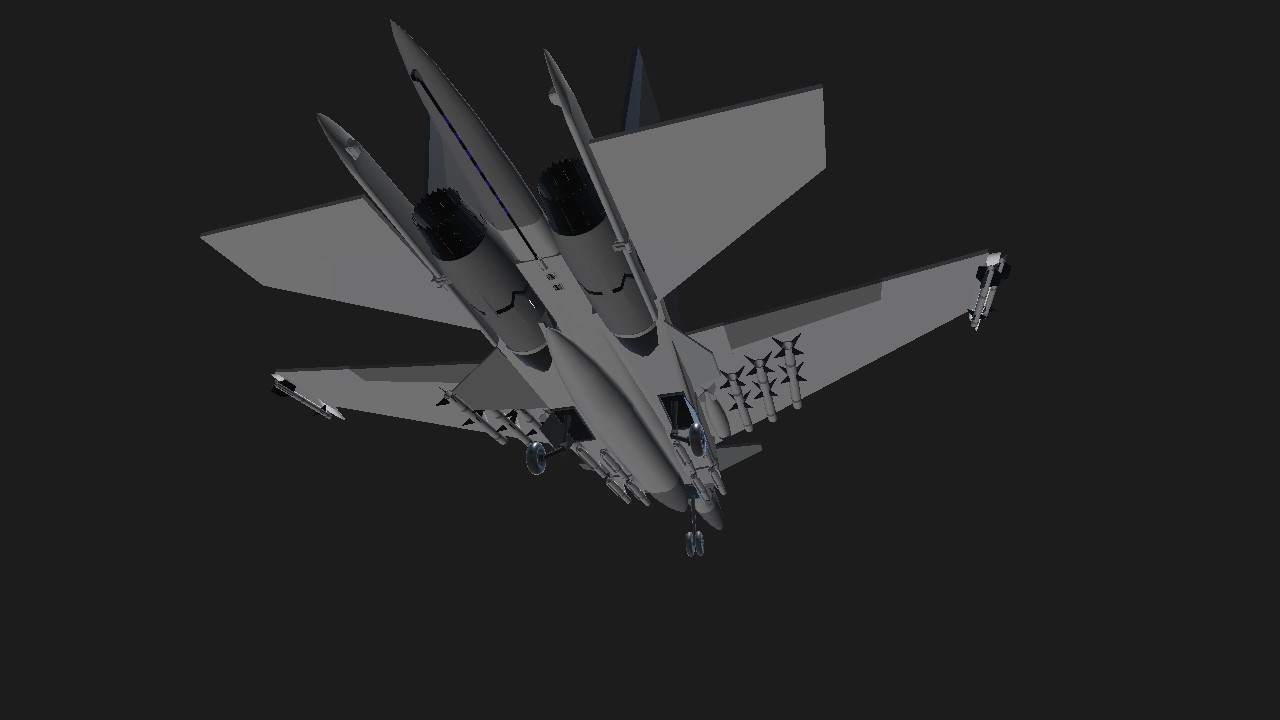
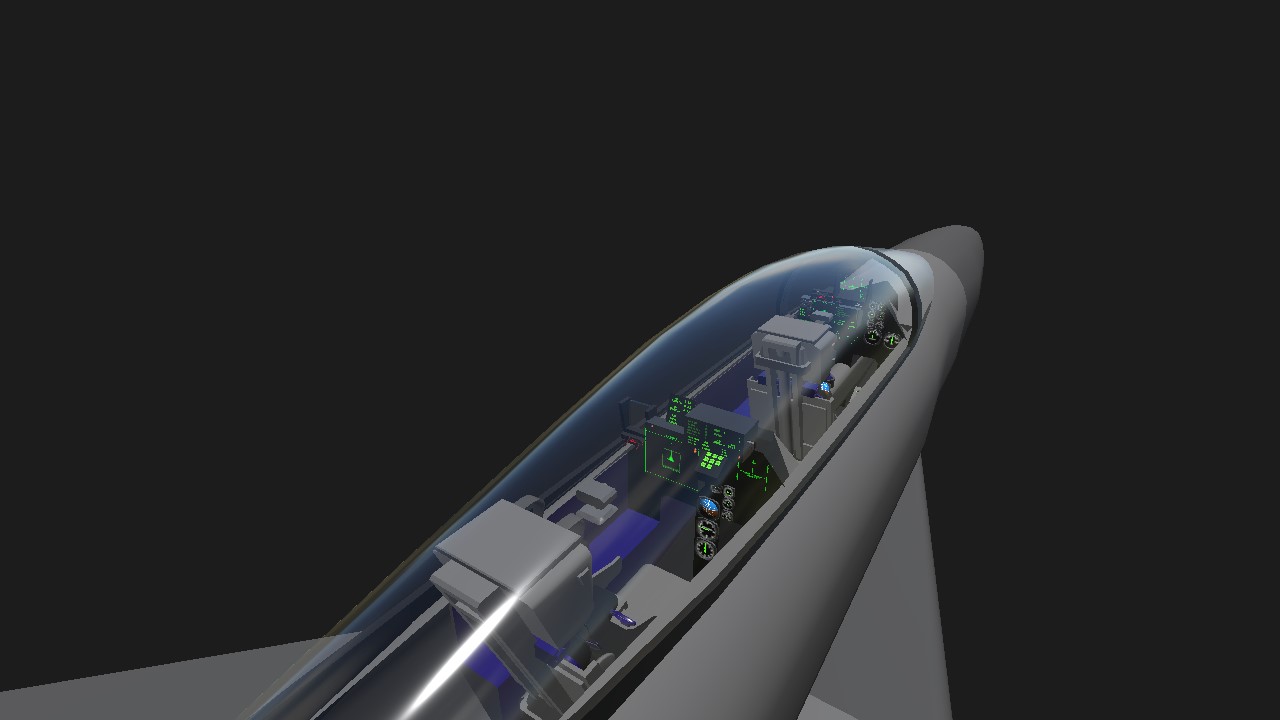
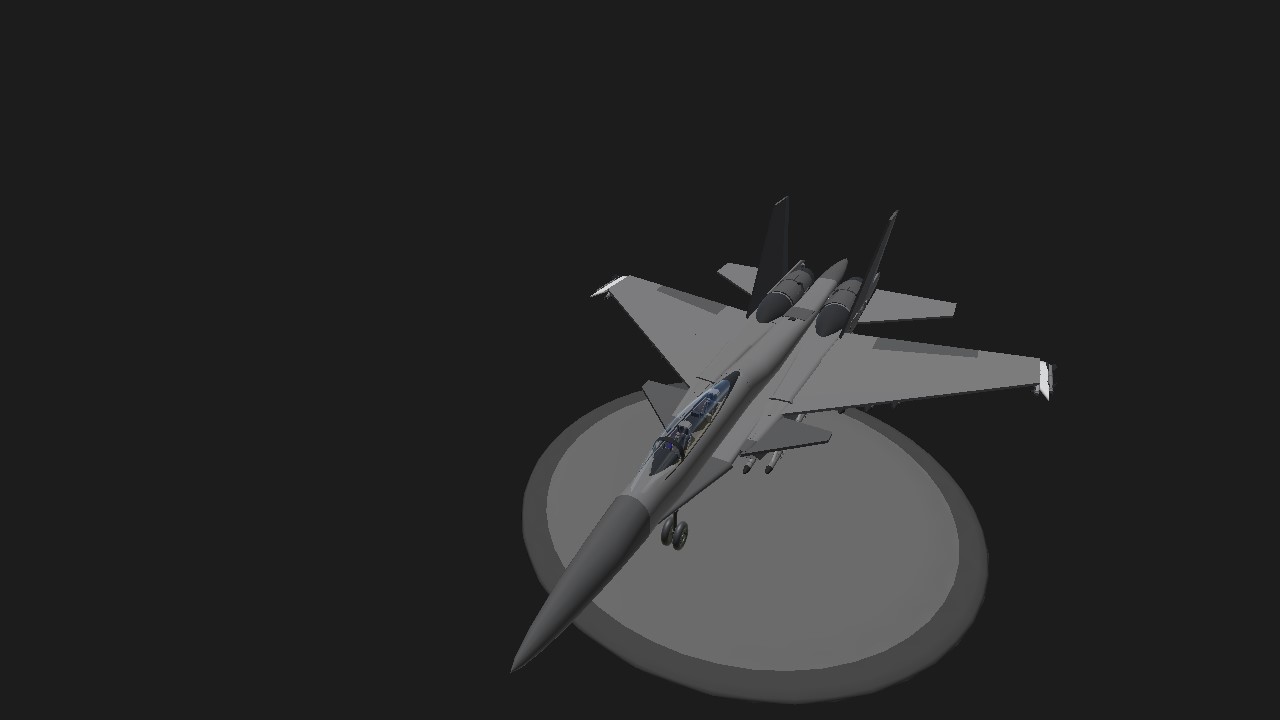
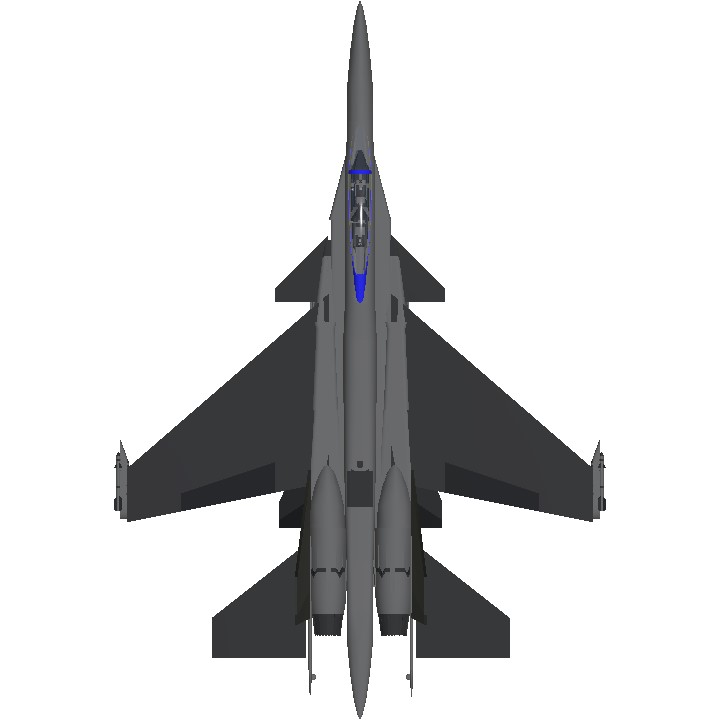
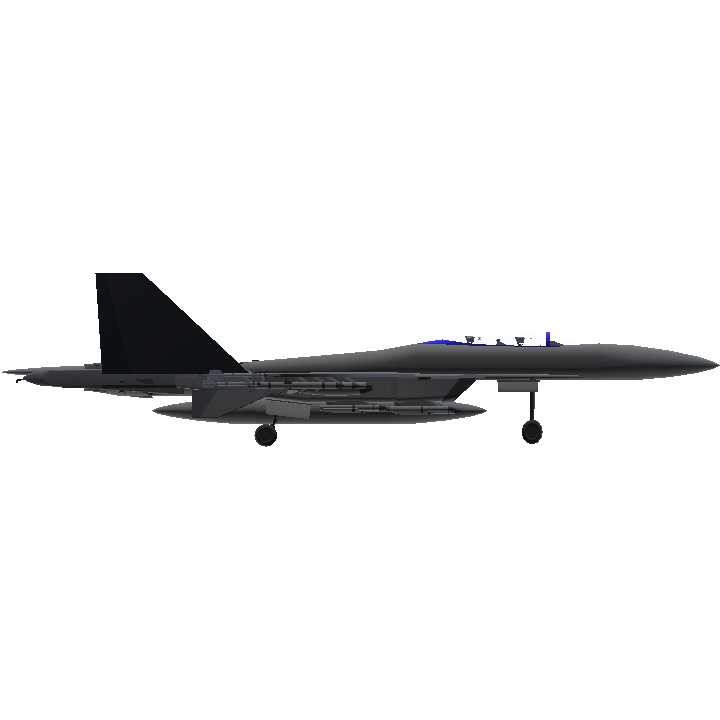

@PendingAndContemplating Thank you very much, it encourages me a lot to do better next time unfortunately I can't yet put any photos other than the screenshots of simple planes but I am currently working on a better skin( ╹▽╹ )
Fast,maneuverable, and good lookin' fighter jet, would be cooler if you add a liverie? or skin? whatever that makes it look striking.